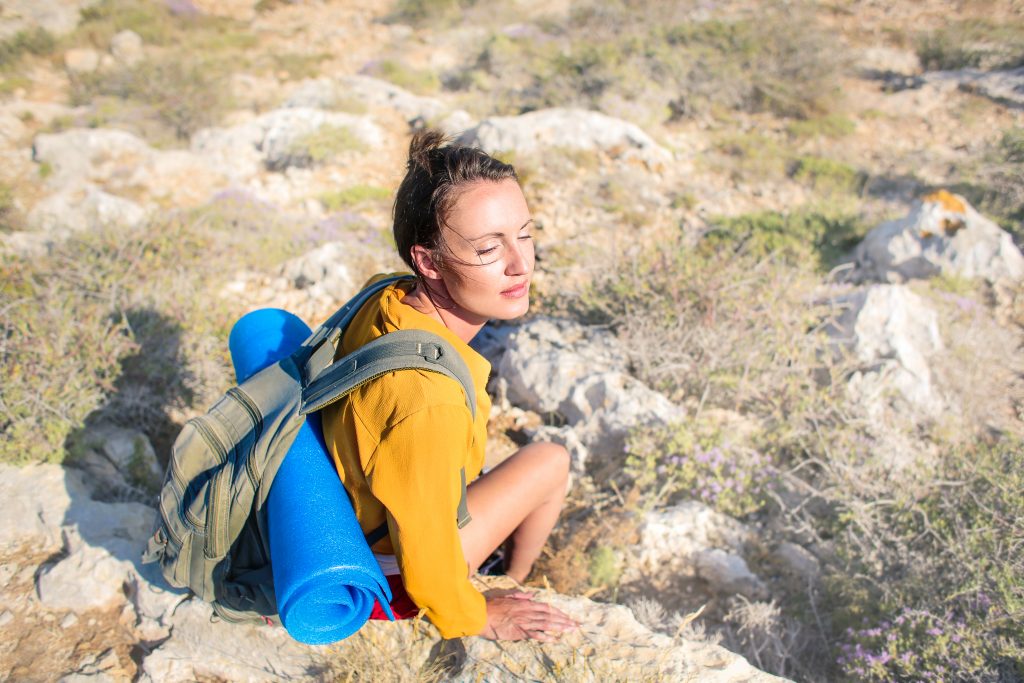The lure of the woods may be calling. The campsite may be up, and the tent may be in the field, but the supplies you bring with you need to be carefully managed.
One of the chief obstacles to hiking the great outdoors is feet. If your feet are hurt, then your problem is solved by going home or getting medical attention. If you bring dirty or wet boots into the tent or into the bedding area, there is no medical help coming.
One of the ways to protect your feet on the trail is to wear a pair of socks made for the conditions. When you are resting or sleeping on the trail, you don’t want the cold ground to keep your feet awake.
In addition to proper socks, also make sure you bring extra pairs of socks. For instance, if you are skiing in the middle of winter, you may want extra socks in case you get a blister.
Another way to protect your feet is to try a couple of testing hikes. Hiking in a pair of heavy, wet shoes is not a good idea.
To protect your feet, pack some extra garbage bags. Carry a heavy garbage bag in the middle of your pack. Make sure that it is different from the rest of your pack. Test the fortune of your feet by crawling into the garbage bag. Are you able to stand up quickly out of the bag? If you are not, you may have very bad feet.
The structure of your pack is important too. Choose a pack that has very flat bottoms and padded shoulder straps. This helps keep your back in shape.
Now that you know where to camp, you’ll need to know how to pack. The basic essentials of packing a backpack include a light weight canvas stuff sack, a lighter weight down adult sleeping bag, one light weight sleeping pad, a couple of lightweight rain protection/hiking ponchos and a pair of lightweight rain proof boots.
Don’t forget to bring a light weight long-sleeved rain suit. When you’re hit by a spell of rain, you’ll want to be able to get out of the rain that is coming. You may have to dismount. Make sure you bring a long-sleeved rain suit so that you don’t end up drying out in a car trunk in a heavy downpour because your rain suit is not long enough!
Get yourself a light weight back pack, choose the lightest pack or even a fanny pack if you were to bring a baby with you. A smaller daily stash pocket or document holder will keep your things out of the rain and keep them dry. You will want a camera or video camera in case you encounter some still waters.
You may want to choose a stove that is sturdy. Make sure it is top of the line. You don’t want to scold yourself on how to clean the stove. You’ll want to make sure it’s as easy as possible to start a fire. With any luck, you won’t be needing that propane burner that everyone uses.
As you can see, there are a number of items you’ll need to pack in your day pack. Choose the lightest most durable items that you can. Remember that being prepared for the worst case scenario helps you to be prepared for any scenario. If you were to get your pack wet, you can deal with it at home rather than spending a lot of time and energy trying to get your pack dry.
If you want to keep up with thefast foodand eat out sandwich shops, bring snacks. If you’re planning on staying overnight, you’ll still have your morning tea and coffee to carry along too. You may also need to bring a light weightorical bistro lunchbox to have with you too.
Remember too that each person needs to pull their own chair However, if you’re too shy to ask someone for help, you can use towel and a small cooler. Small items such as towels can be put in the bottom of a pack. Then pack the heavier, camera or other equipment next.
A pack is only as good as the people that use it. Look for quality dog backpacks, bistro coolers and carrying cases to show you’ve got the stuff you need. Don’t save money for unnecessary items that won’t be used and miss other important items. You can’t go camping or hiking without the right backpack for it.
